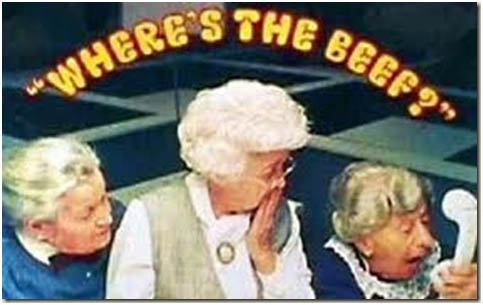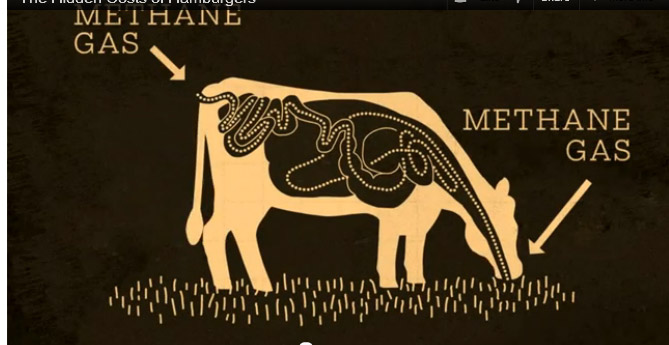EcoOptimism states we can simultaneously solve our economic and ecological problems while improving, rather than diminishing, our lives. One of the critical steps in finding the ways to do this is through a concept called true costing. This involves figuring out what all the costs of something are – not just what you pay directly, but also counting what you and everyone else pays indirectly. For instance, the true cost of gasoline is not only the price at the pump, but also the costs of, among other things, related air pollution, climate change and human health. Last year, the Center for Investigative Reporting debuted a short animated video, “The Price of Gas,” showing just that.
If instead you want to calculate the true cost of driving as opposed to only the fuel, then the categories of costs (called external costs or externalities by economists) would include things like wear and tear on roads (paid in taxes), costs of accidents (paid in health and auto insurance, lost working time, lost life), cost of time spent in traffic jams (lost working and leisure time), cost of land devoted to roads, etc.
Unless those costs are figured in, you can’t make an accurate decision on whether to buy or do something. And free-market capitalism depends on the accuracy of prices and information. Without it, bad decisions are made.
Some true costs are really surprising. Vegetarians and environmentalists have long talked about the ecological impacts of eating meat. Now the Center for Investigative Reporting has posted a video, “The hidden costs of hamburgers,” showing in easily understood terms what those impacts – and their dollar values – are.
Image from “The Hidden Costs of Hamburgers”
A nearly simultaneous story reveals that when the Department of Agriculture rolled out an internal program suggesting that employees participate in “Meatless Mondays” – the idea that, for just one day a week, not eating meat would reduce environment impacts – the cattle industry raised a huge stink (insert your own methane joke here), saying it was “a slap in the face of the people who every day are working to make sure we have food on the table.” Note that the USDA program didn’t even address the benefits to personal health. To my thinking, the argument against going vegy would be a lot stronger if there wasn’t also that pesky issue of cholesterol and heart disease – and the external costs that tend to accompany illness and death.
The USDA succumbed and withdrew the program. Once again, corporate self-interests prevailed over the public’s interest, over individuals’ health and over common sense. It’s almost enough to make the EcoOptimistic lose our optimism. (Especially when it seems eating certain fried industrial chicken sandwiches can be promoted as a socio-political statement!) But it’s going to take more than that to get us to back off. When enough folks understand the win-win-win aspects of shifts – of little tweaks — like these, common sense and self-interest will prevail.
Is there a design aspect to this? Dunno. Maybe in packaging and educating? As with many EcoOptimism areas, a major component lies in communicating the win-win-win scenario. (BTW, is it time for an abbreviation? Constantly writing out or reading win-win-win is going to get annoying really fast. Does “triple-win” work? Evoking the triple bottom line makes sense.) How can designers get the word out? As long as we have externalities (meaning we don’t at least have something resembling carbon pricing), there’ll be a need to make the costs apparent in other ways than the price at the register. The CRI video is one step. Perhaps a new cow parade, this time with messaging? And with a little, um, methane offgassing for added emphasis?
I’m not much of a tofu, let alone tofurkey, fan. But I can certainly go one day a week without meat (that’s easy – in fact, I prefer the idea of Meatless Weekdays), especially when it’s better not only for both me and the environment, but my wallet as well. I got no beef with that.


